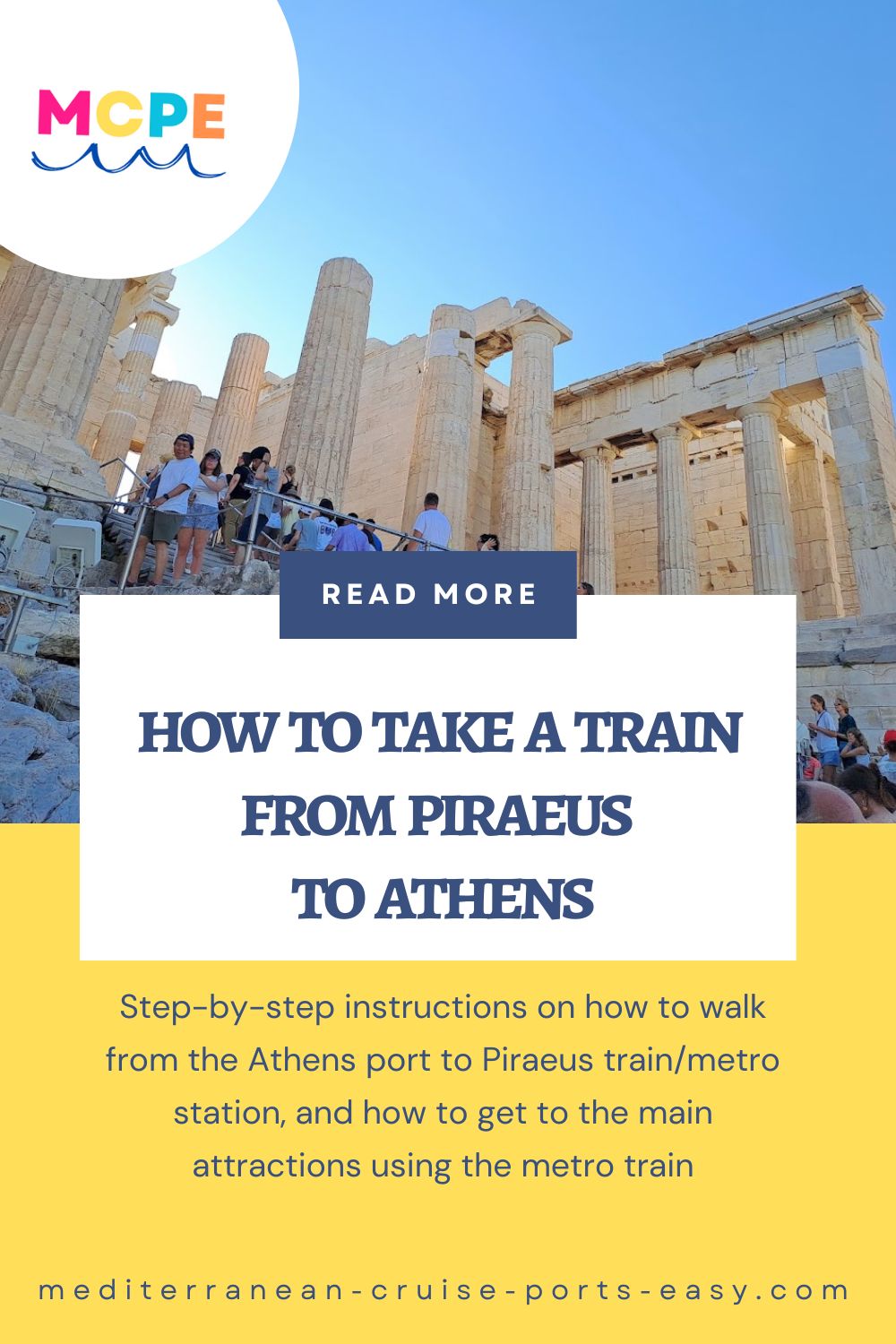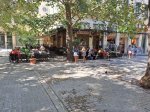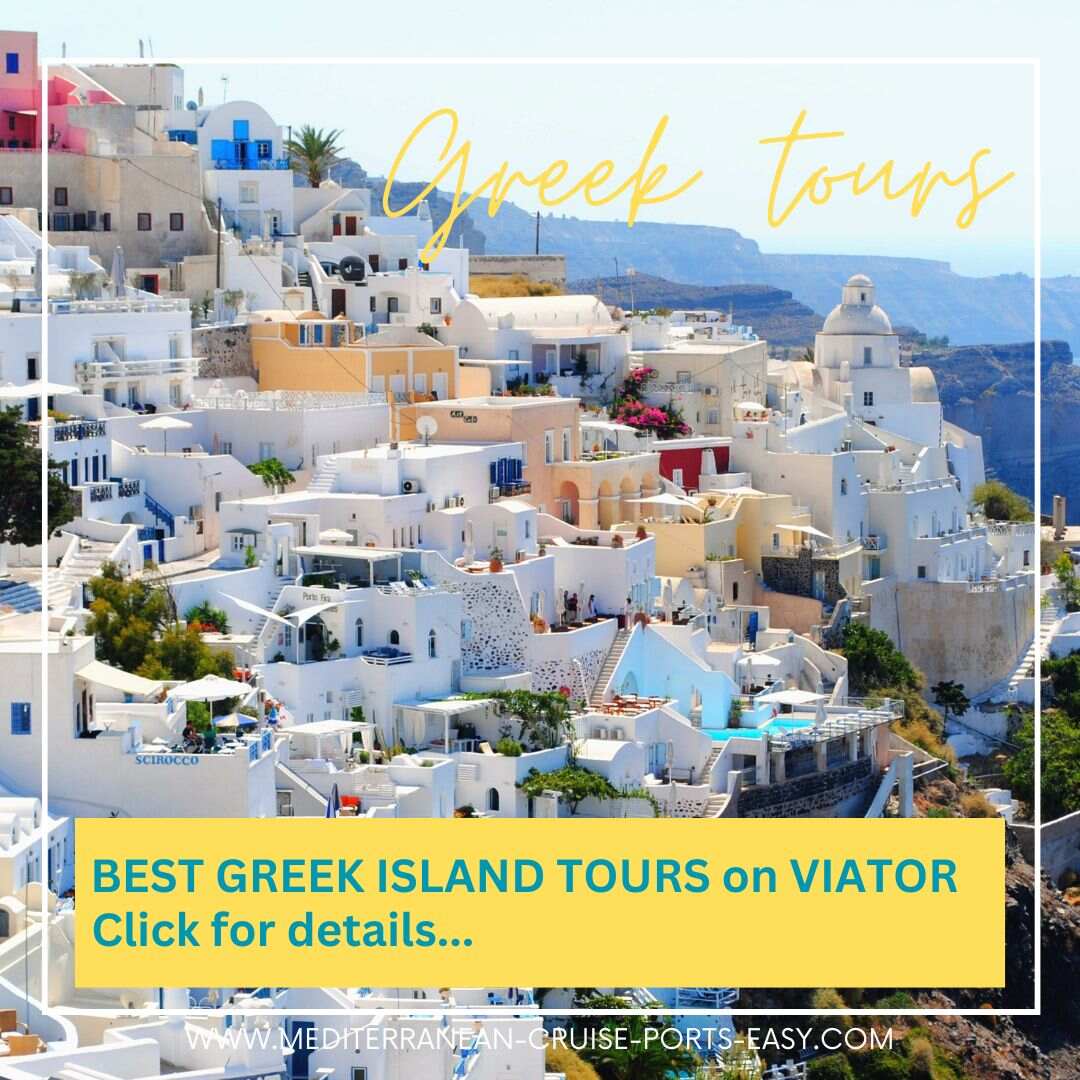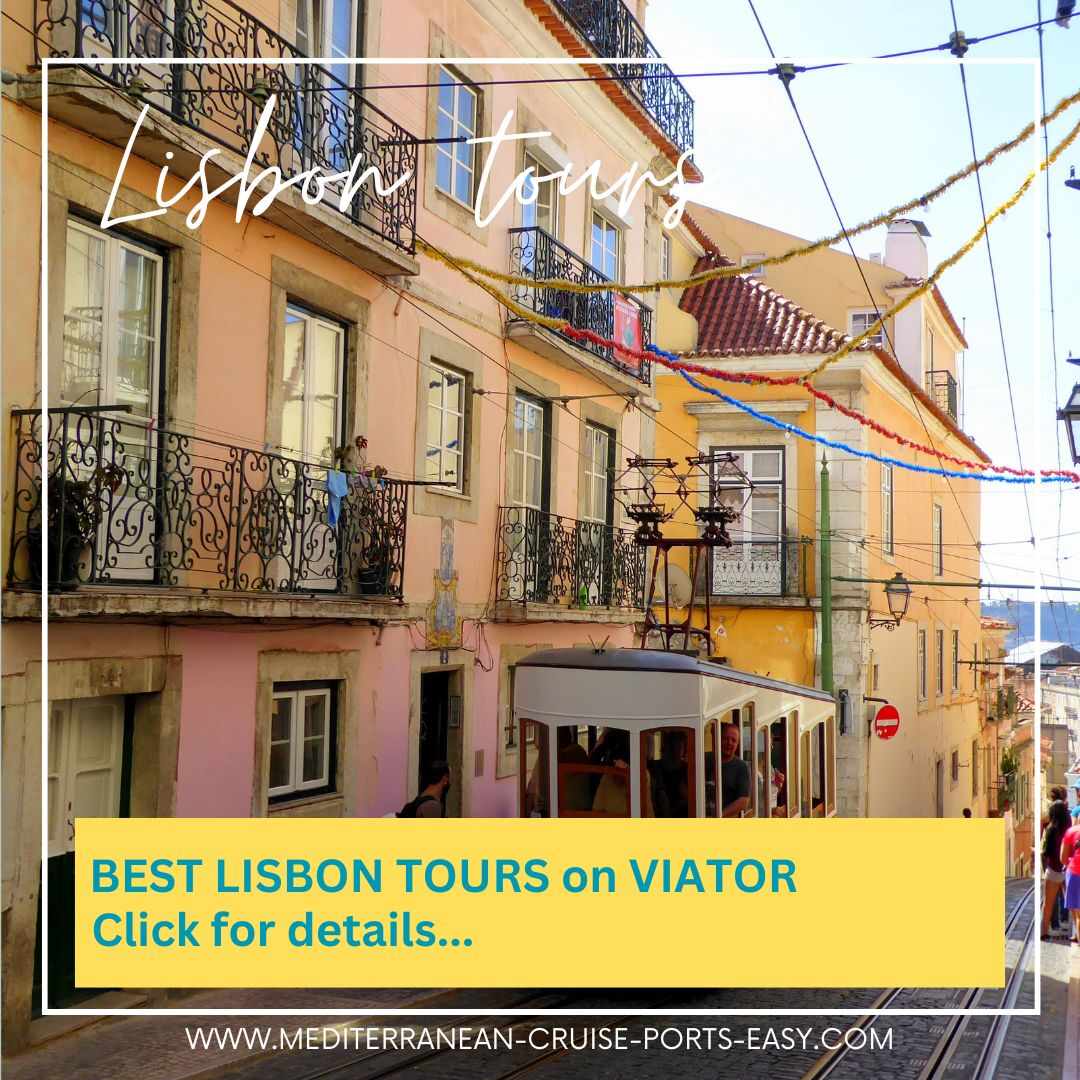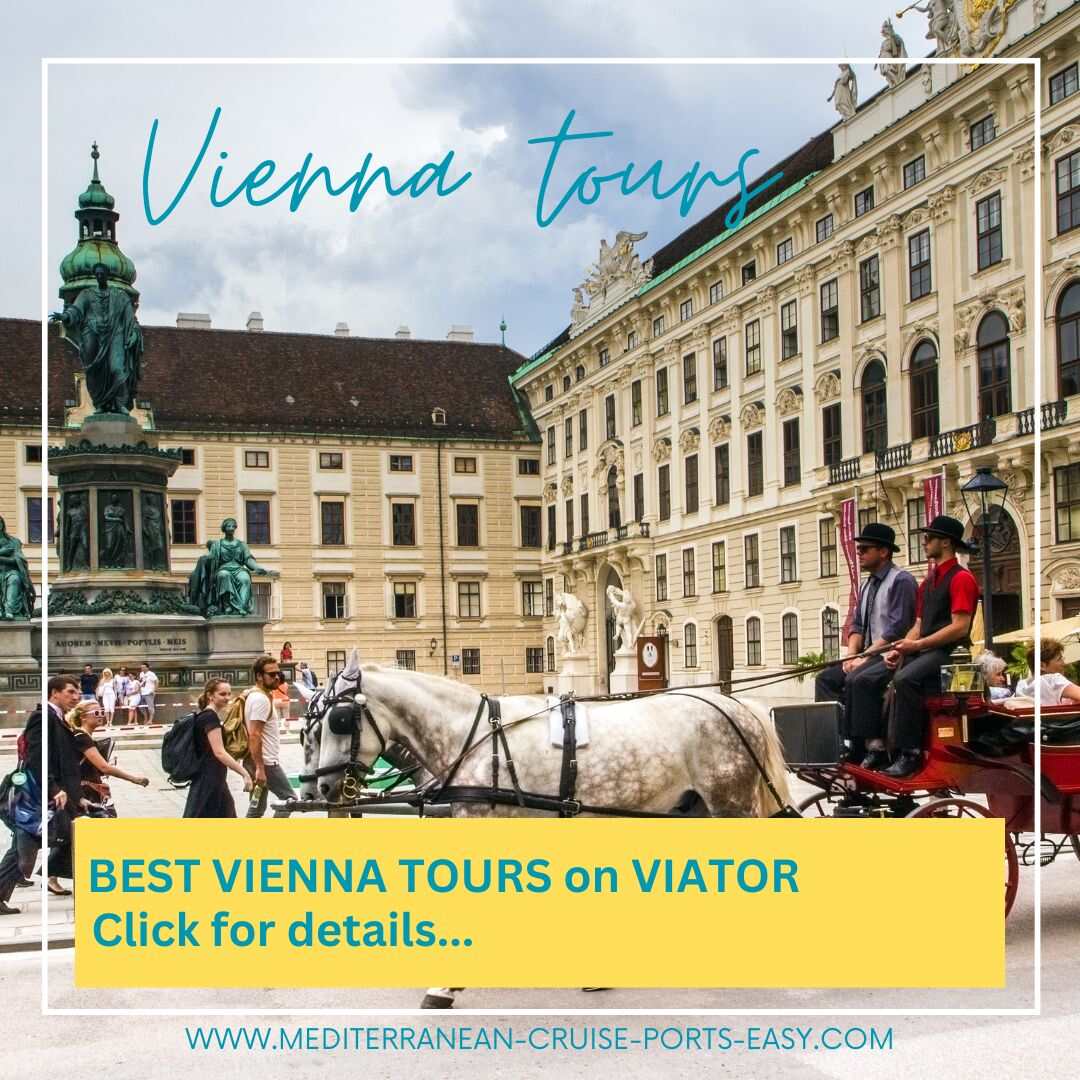Pompeii Baths -
The Lost City of Pompeii Thermae
"Pompeii baths were a place to socialize, relax, have a massage, gamble or play board games, eat, read, make business deals and even entertain your guests..."
If Pompeii ruins are your first ever encounter with Roman ruins, you will find it interesting to visit at least one of the Pompeii baths, or Thermae, and see what a spa looked like 2000 years ago ;)
What was the importance of baths in Roman culture?
It’s just that in those times, going to a spa wasn’t a luxury. It
was necessary if you wanted to stay clean… namely, only the richest
families could afford their private bath as part of their house.
That’s why there were quite a few of those in each Roman city.
Consequently, bathing was a social activity in the ancient city of Pompeii, just like in the rest of the Roman Empire ancientancient city of Pompeii, just like in the rest of the Roman Empire, bathing was a social activity. Considering the bathing process took so long, you had no choice but to socialize with people around you.
Pompeii baths were a place to socialize, relax, have a massage, gamble or play board games, eat, read, make business deals, and even entertain your guests.
Apart from the pool area, some also had a gym to exercise in and a garden area to enjoy.
If you have ever been to any of the old Budapest baths, then you know what we’re talking about…that is where you will see people come and soak daily, taking some time off to play a game of chess, read the papers or discuss the latest politics.
Looking for a way to get to Pompeii from your cruise ship?
Shore-excursions like these have top ratings and always make sure to bring you back in time:
DINING ROOM TABLE TIDBIT:
When asked by a foreigner why he bathed once a day, a Roman Emperor is said to have replied: “Because I do not have time to bathe twice a day”
What did the bathing ritual in Pompeii look like?
In Pompeii baths, the bathing process would start in the changing room, apodyterium. Here in the room, with stone benches along the walls, the bathers would take their clothes off and leave them in charge of slaves.
From there you would proceed either to frigidarium for a cold plunge or to tepidarium. Usually, a tepidarium was a room with warm water pools or, as was the case in Pompeii, a room with heated warm air that would prepare you for the shock of the hot room. Here one spent most time, having their body anointed with oils that were used instead of the then very expensive soap.
If you wonder how the water and air were heated in those days, well, you might be surprised to know that Romans used central heating and under-floor systems called hypocausts.
Hypocaust was based on cavities left inside floors or ducts inside the walls that would allow hot air or water from the furnace to circulate the building and heat it.
After the tepidarium, one would proceed to the caldarium, a hot room that was placed right above the furnaces heating the air and water.
It’s interesting to note that in Pompeii baths, women had their own separate set of baths incorporated into the thermae complex. Having a separate section for the women wasn’t a norm, it depended on local customs and times the thermae were built in.
The best way to experience Pompeii is of course to have an archaeologist guide by your side. Here are the top-selling tours like that:
What are the most famous baths of Pompeii?
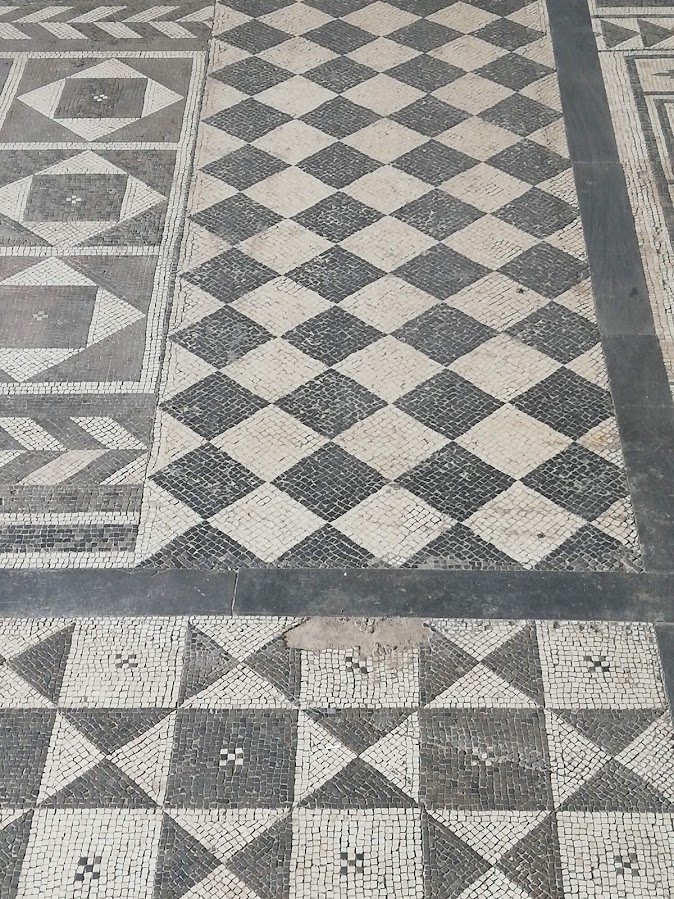
In the lost city of Pompeii there are a few thermae complexes and you should visit at least one to get an idea of what they looked like:
To locate the baths of Pompeii, check our Map of Ancient Pompeii
SUBURBAN BATHS – this complex was a privately owned facility located just outside the city walls. It had an imitation cave from which a waterfall ran and was decorated with a mosaic depicting Mars and cherubs. In the changing room, 16 panels were showing erotic scenes.
- FORUM BATHS – they had the usual sequence of rooms as well as the porticoed palestra, or the gym, and elegantly decorated rooms.
- CENTRAL BATHS – this was a new Pompeii baths complex whose building began only after the big earthquake in 62 AD and was never finished. In this thermae complex, no separate sections for men and women were provided.
- STABIAN BATHS – are the most ancient and the biggest Pompeii baths. The whole complex is centered around the gymnasium area bordered by a colonnade on three sides. It was built and decorated in many stages the oldest of which goes back to the 2nd Century BC, and was built over an even older facility, dating back to the 4th and 3rd Ct BC! These baths are strictly divided into sections for men and women. These Pompeii baths are good to visit if you would like to see the hypocaust heating system.
RELATED ARTICLES:
- Home
- Cruise Pompeii
- Pompeii Baths
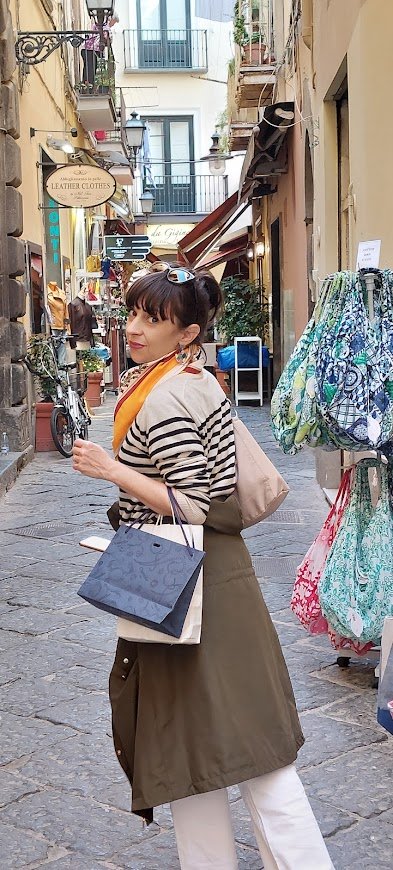
With over seven years working aboard cruise ships as a port guide and shopper assistant, I’ve helped thousands of passengers get the best from their days ashore in Dubrovnik. Now, I want to make you Med confident!
TAKE A SHORTCUT TO TOP 30 MOST VIEWED PAGES OF 2025:
4. Capri ferry
10. Livorno Italy
13. Naples to Capri
16. Messina Sicily
17. Pisa Train
18. Visiting Pompeii
19. Pompeii forum
20. Port of Piraeus
22. Venice vaporetto
23. Venice water bus
24. Livorno map
25. Getting to Zadar
27. Walk Venice
28. Mykonos beach
29. Lucca Italy
30. Pomepii homes
